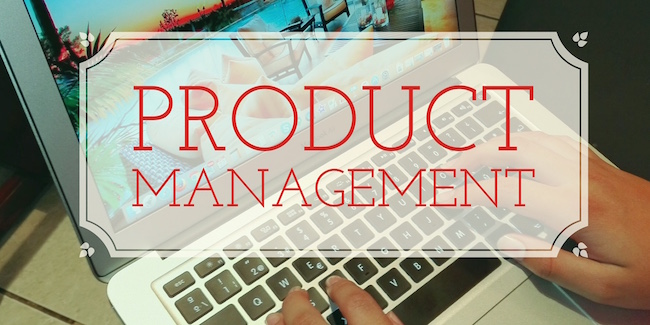Failed product advertising is generally a result of saying the wrong thing to the wrong audience. But by following these effective guidelines, you’ll decrease the likelihood of creating ineffective ads and increase the value of your message.
Table of Contents
ToggleThe Do’s in Product Advertising
Be Straightforward
“Buy one (product or service) and Get a Second For Free” is more effective than being funny or clever. Granted, companies like A1 Radiator broke that rule when they came up with their tag line: A1 Radiator – A Great Place to Take a Leak. Still, most people would do better to stick to straight-forward strategies when creating advertising.
Think Big
You might be saying, “But my product is small,” but that doesn’t mean you can’t think big. How? You can sell “package” deals, combining your product or service with something else of value. Maybe put together an event that offers demonstrations of your product or service. You can place your product or service by something much smaller, making it look big. The possibilities are endless.
Keep It Local
Even if your product or service reaches beyond your community, let your community feel like they are a part of your success. Make yourself the “team” your community can get behind and support. Identify what sets you apart from your competition.
Educate Your Audience
People want to feel like they’ve made a good choice and have been given a great deal. For them to feel that they need to make informed decisions. Give them the reasons why they should go with your product or service. Put their needs first showing how they will benefit by using your product or service.
Solve A Problem or Fulfill A Dream
People buy things to fill a need. Identify what that need is and show how your product or service solves a problem. Dreams, we all have them. But a good advertiser will make you feel like those dreams can come true. The point is not to lie. You want to be honest and show how your product or service can make your customers’ wishes come true.
Under-Promise, Over-Deliver
Imagine the surprise your customer will get when he or she receives something unexpected. My mechanic quoted me a price. It was a lot to swallow. When I went to pay, he had found ways to cut down the cost, surprising me with a lower amount. I was thrilled.
If It’s Not Broken, Don’t Fix It
If your advertising is bringing in customers by the droves, you’re clearly on to something and should re-run it. Imagine if we tried recreating the wheel over and over and over and over. Don’t waste time. If something works, keep doing it until it’s time to do something else.
Track and Measure Everything
What good is running an ad if you have no idea of its effectiveness? Too many business owners I come across guess, rather than having actual numbers they can point to that show whether a campaign has been marginal or successful.
The Don’ts in Product Advertising
Avoid Using Your Business Name in the Headline
Instead, highlight a value or benefit and ask yourself this: Do you grab the attention of the best audience for your product or service? Have you stirred curiosity and made only promises you can keep? Do you “hook” your target audience and make them want to take action?
Avoid Failing to Create a Loop in the Headline
A loop is created when your audience has to (and wants to!) read or listen to the whole ad to reap the benefits. Your audience will only read or listen to a whole ad for benefits if the content is compelling. The loop guides your target audience back to you.
Avoid Failing to Use “You” in the Headline
Using “you” personalizes the advertisement and makes your audience feel like you are addressing him or her individually. Using “you” closes the distance between you and your target audience.
Avoid Failing to Ask Your Target Audience to Act on Something
Did you forget to include a call to action in your ad? Is your call to action compelling and appealing enough to your target audience for them to take an immediate action, even if that action is one small step?














